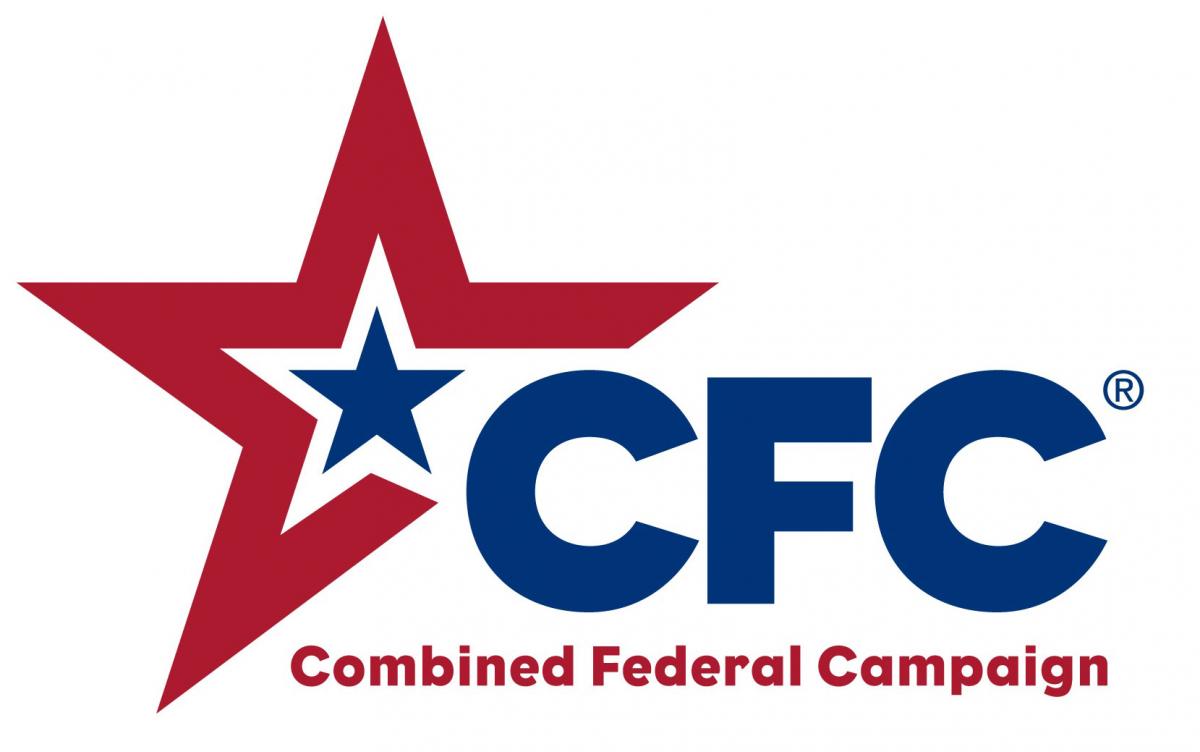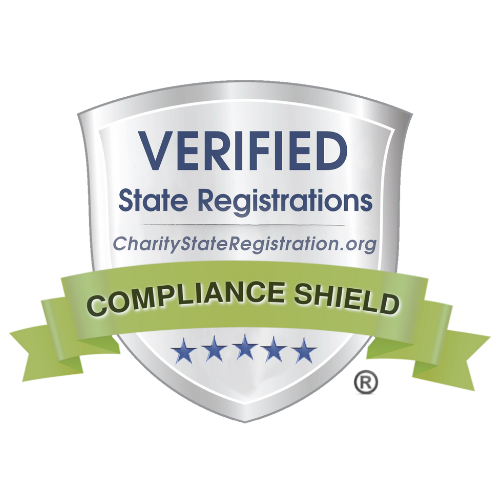The Religious Workforce Protection Act: Helping Religious Workers Stay and Aide Their Communities
Last Updated
Topics
The moment a religious worker enters the United States, the clock starts ticking. R-1, the designation for religious worker status, is valid for two and a half years and can be extended for an additional two and a half years, for a total of five years. Once those five years are up, religious workers have three options. Some religious workers are fortunate enough to change status to F-1 (student) or H-1B (specialty occupation), but these are a minority of cases. For most, the two options are either leave the United States for at least one year before being eligible for more R-1 time or file their I-485 application to get their lawful permanent residency (green card). Once the I-485 application is filed, the religious worker may stay in the United States for as long as it is pending, even if it is well after the expiration of their R-1 status.
Adjusting status to lawful permanent resident is a two-step process for religious workers, which starts with filing an I-360 petition. This petition is filed by their religious organization such as their religious order or their diocese and asks the government to recognize the individual as a “special immigrant religious worker,” which then becomes the basis for filing the I-485 application for the green card. On the date that the I-360 is filed, the petition is assigned a “priority date.” This priority date determines when I-485 can be filed. While these two forms cannot be filed concurrently for religious workers (as they can for some other categories), this rarely caused any hinderance in the past. In prior years, if a religious worker and their petitioning organization wanted them to stay here in the United States and get their green card, they would be able to at least file the I-485 application before the end of their five years of R-1 status exhausted. With the I-485 application pending, the religious worker could remain working in the United States while the application was being adjudicated with USCIS.
In short, the visa bulletin is a series of charts released by the Department of State and U.S. Citizenship and Immigration Services (USCIS) each month dictating who may file or be approved for the adjustment of status. The chart is broken down into family or employment-based petitions, what subcategory of family or employment is the basis of the application, and the applicant’s country of origin. Religious worker eligibility is under the fourth preference category, hence why you often read about EB-4s (employment-based, fourth preference category) in these discussions. In order for a religious worker to file the I-485 application, their priority date (the day the I-360 petition was filed) must be prior to whatever the corresponding filing date says. For example, if Sr. Mary filed her I-360 back on Sept. 21, 2024, and her corresponding filing date on the July 2025 visa bulletin said Oct. 1, 2024, that means she could then file the I-485 application and stay while it is pending.
With the drastic retrogression back in Spring 2023, many religious workers across the country have an approved I-360 with a priority date that is not current. This has led to many religious communities across the country being in dire straits as their religious workers have been forced to leave. Coalitions of various religious organizations have come together to help draft legislation to fight this issue, a proposed law known as the Religious Workforce Protection Act (RWPA).
The RWPA is a short but powerfully impactful piece of legislation with three key parts. First, it would allow religious workers with an approved I-360 to continue to file extensions of their R-1 status until they can file their I-485 applications. This would have kept many religious workers in their communities over the past two years, without forcing them to leave and apply for a new period of R-1 time after a year abroad.
The RWPA would also provide more job flexibility for religious workers throughout the permanent residency process. The underlying I-360 petition is very specific not only to the employee being sponsored but also the work location. If a religious order lists the work location that a member will be working at one location in a specific capacity, that is usually the limit on what and where the religious worker can work for the duration of the process. However, it is common for religious workers to move between work locations as the needs of the community dictate. This bill would allow religious workers to have some flexibility to transition between positions and locations within their organization during this process without violating the I-360 and needing to start over again.
The proposed bill would allow religious workers with an approved I-360 who have already departed the United States due to the exhaustion of R-1 status, to be exempt from the one year abroad requirement. The proposed changes would make an immeasurable difference for religious workers across this country and for the communities they serve.
While immigration reform has been a hotly contested and deeply partisan issue in recent years, there has been a merciful amount of understanding and cooperation for this bill. The RWPA has already been introduced to both the House (H. R. 2672) and Senate (S. 1298), and in both chambers it has received bilateral support with cosponsors from both sides of the aisle. The RWPA is currently being reviewed by both the House and Senate Committee on the Judiciary. We strongly encourage all those who support this much needed legislation to reach out to both your representatives in Congress and express your support for the Religious Workforce Protection Act.





